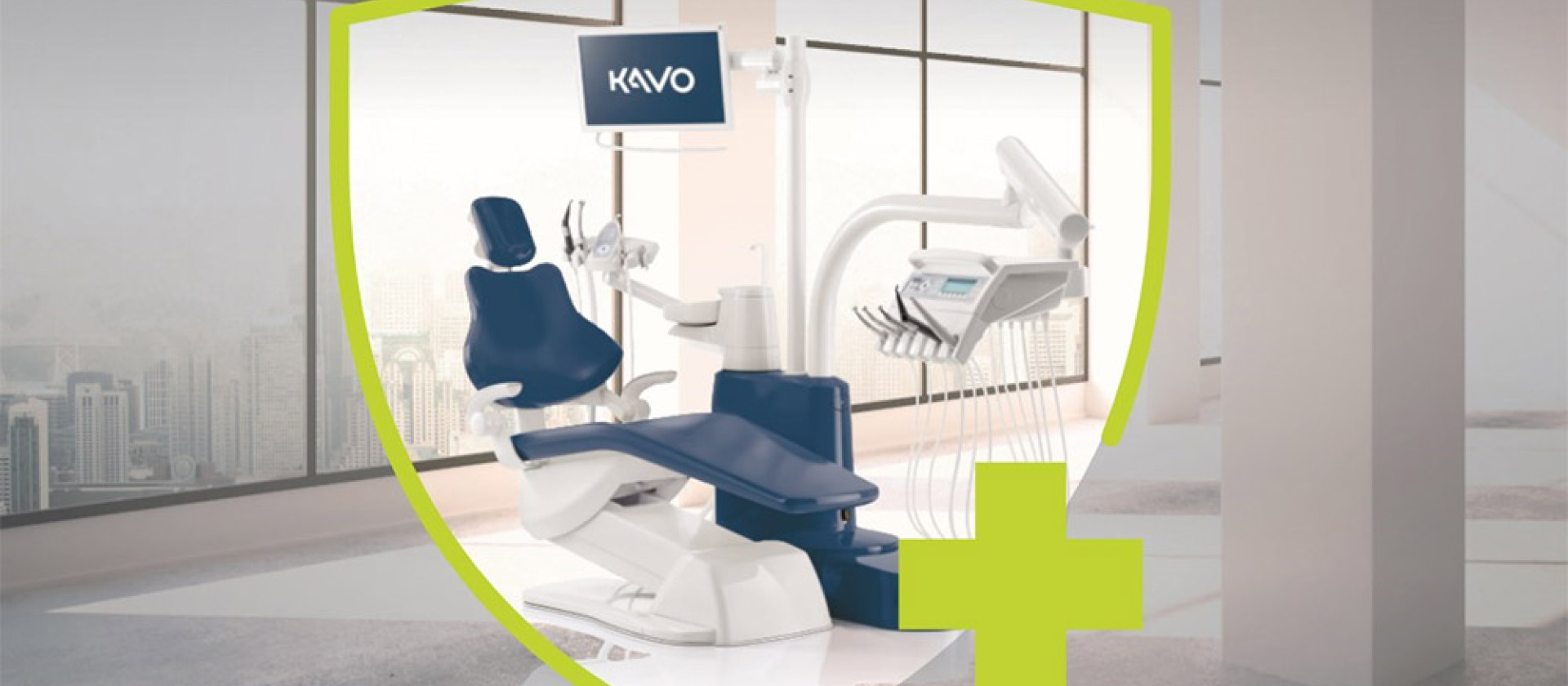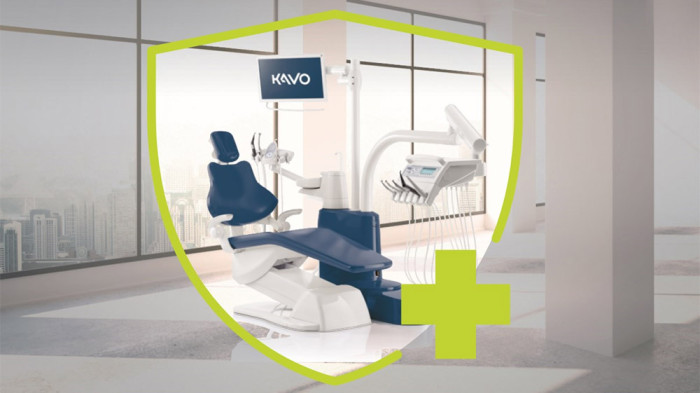Equipment Hygiene: You know the risks. Why take them?
Choose equipment that optimises easy and effective hygiene processes
As an implant dentist, you’ll naturally spend a lot of your working day chairside. Your treatment unit is one of the biggest investments in the practice – and therefore one that you should feel completely comfortable with. While features such as ease of use, performance, precision and ergonomics all come into play, one thing you definitely won’t want to worry at the moment especially, is the chair’s hygiene capability.
A good chair should make delivering treatment as easy, comfortable and safe as possible. Today’s best treatment units have optimised the cleaning and hygiene cycles for complete peace of mind.
With the current outbreak of Coronavirus, which has lead to one UK health centre (to date) having to close, optimum hygiene is no longer only about conforming to CQC’s stringent best-practice standards, but creating and maintaining a safe environment for your business.
As well as the new social distancing measures we’ll all have to observe for some time to come, the best way to minimise the risk of infections is through consistent and effective hygiene procedures.
Infection control has always been important, and good dental unit design should make this as simple as possible. There are a wide variety of ways in which the design of a dental unit can enhance good hygiene and maintenance practices, such as KaVo’s instrument rinsing function, in line with hygiene and infection control practices, or automated processes which remove any human error in terms of dosing and also save both nurses and dentists valuable time, and guarantee the lasting functional reliability of your treatment unit.
The main areas to consider when thinking about hygiene and maintenance include:
- Ease of disinfection and sterilisation of any necessary parts of the unit
- Availability of removable parts
- Smooth surfaces, free of joints
- Contact-free operating procedures thanks to foot control or no-touch functions (KaVo units have an optional multifunctional foot control so that you don’t have to touch your dental unit during treatment, which greatly reduced the risk of cross-contamination)
- Automated permanent germ reduction (from integrated automated rinsing programs and high grade cleaning solutions)
- Intensive disinfection cycles (which can be run at the touch of a button if they are integrated into the unit design)
- Variable instrument rinsing functions (for first thing, post-treatment and end-of-the-day cleaning)
- Use of disposable barrier sleeves on certain instruments
- Hygienic hoses (which can ideally be rinsed through on an automated variable time cycle and using a manufacturer approved product such as Oxygenal 6 – a hydrogen peroxide which is reinforced by silver ions which is safe for patients and personnel yet highly effective)
- Disinfection of the suction tubings and drainage (with manufacturer approved cleaning gel such as KaVo’s Dekaseptol, which has been designed to adhere to critical spots within suction tubes, rather than just pass straight through)
- Hygienic filtration (cleaning of the filters with the approved products)
- Units fitted with their own water filtration system (such as KaVo’s DVGW water block) that allow water from the mains to be filtered and supplied directly to the dental unit meaning you have an endless supply of filtered water and don’t need to keep changing bottles
- Correct cleaning products that will not harm the unit but will Clean, Disinfect and Decontaminate the surfaces (wiping down with a manufacturer-approved Cavi™ wipe for example)
Care and Maintenance of Handpieces
Of course it’s not just the treatment unit itself that needs to be cleaned efficiently and effectively, but also any instruments you use as well.
For manufacturers, hygiene is prioritised during development and subject to the same principle: reliable health protection requires safe and effective hygiene procedures. It begins with the quality and processing of the products and continues via the innovative functions of the instrument.
For example, the premium handpieces on the market today will have easy-to-clean Plasmatech™ surfaces (which are both smooth for optimised hygiene and non-slip for ease of use) anti-retraction valves (to ensure absolutely no retractive suction), and spray microfilters that can be cleaned and changed easily. The use of high-quality materials both inside and for the outer casing of the handpiece and an overall smooth surface with minimal joints will complete the checklist. All of these features contribute not only to creating a premium handpiece but, crucially, to the protection of everyone involved in the patient’s treatment with that handpiece – from the patients themselves to all the practice personnel they interact with during their appointment.
Reprocessing and maintaining those handpieces also requires stringent hygiene procedures. As with the chairs, an automated system for cleaning and oiling handpieces is recommended, such as the KaVo QUATTROcare Plus machine, which enables you to clean and oil up to 4 handpieces at a time in under 1 minute. The metred dosing of the oil and the quality of the detergent in the oil mean that your handpieces are cleaned and oiled reliably, continuously. Draining any excess water (after washing) or oil (after cleaning & oiling) will help protect the handpiece before it goes into an intensive disinfection cycle / autoclave.
For more information on cleaning and re-processing of handpieces, or the benefits of the KaVo intelligent hygiene concept for treatment units, follow this link ->
Cleaning your treatment unit covers five time slots:
- In the morning
- After each treatment
- In the evening
- Weekly intensive cleaning
- Ad-hoc cleaning as required
It may be useful to have a guide to each of these printed and laminated for personnel to reference throughout the working day. Speak to your chair manufacturer for more information if needed.

